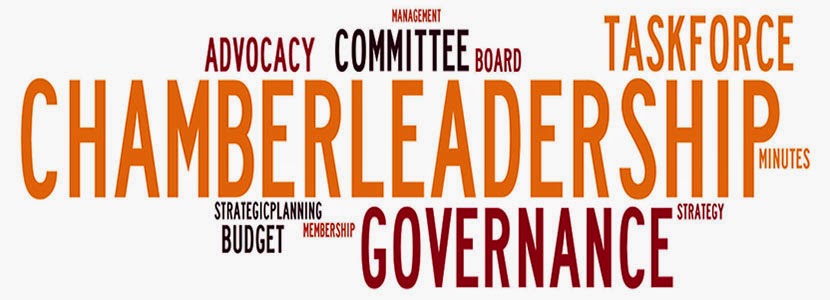We all hire staff from
time to time and how we onboard that employee into our chamber workplace is a critical
first step!
Everyone is busy, but it's important to take the time to have a formal onboarding process that will position
your new staff member to be successful.
Here are four areas I focus on:
- Job Description - what a great place to start. Do you have a detailed job description for the new staff member of your chamber? You might want to even have an operational manual of the duties that the previous staff member has created to help with your onboarding process. This manual could be broken down into a day, week, and monthly list of tasks.
- Set Expectations - it's very important to set your expectations upfront. That way there will be no misunderstandings down the road. I wrote a blog post HERE on that subject matter. For me there are four: professionalism; positive attitude; strong work ethic; and results.
- Resources - give that new staff member the proper resources that will allow them to excel in their new job. What do I mean by resources? Your time, the technology to accomplish the tasks at hand and the ability to learn your organizational structure (staff vs. volunteers) and the mission of your chamber.
- Feedback - it's critical to be honest and constructive in giving ongoing feedback on how your new employee is doing based on your expectations and the expectations of your members.
I'm reminded of a staffing concept laid out in Jim Collins' book Good to Great. The book talks about
a lot of good stuff but I want to highlight where he talks about getting the
right people on the bus.
Do you have the right
people on your team (bus)? And are they in the right position (seat)?
Something to think about!
For a great article by The Bridgespan Group on onboarding and supporting a new CEO go HERE.
For a great article by The Bridgespan Group on onboarding and supporting a new CEO go HERE.

